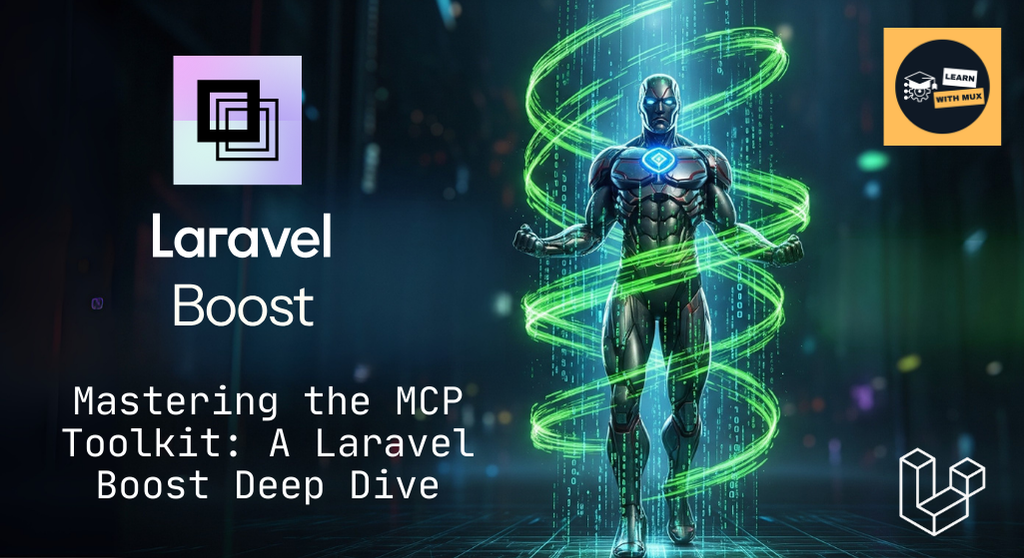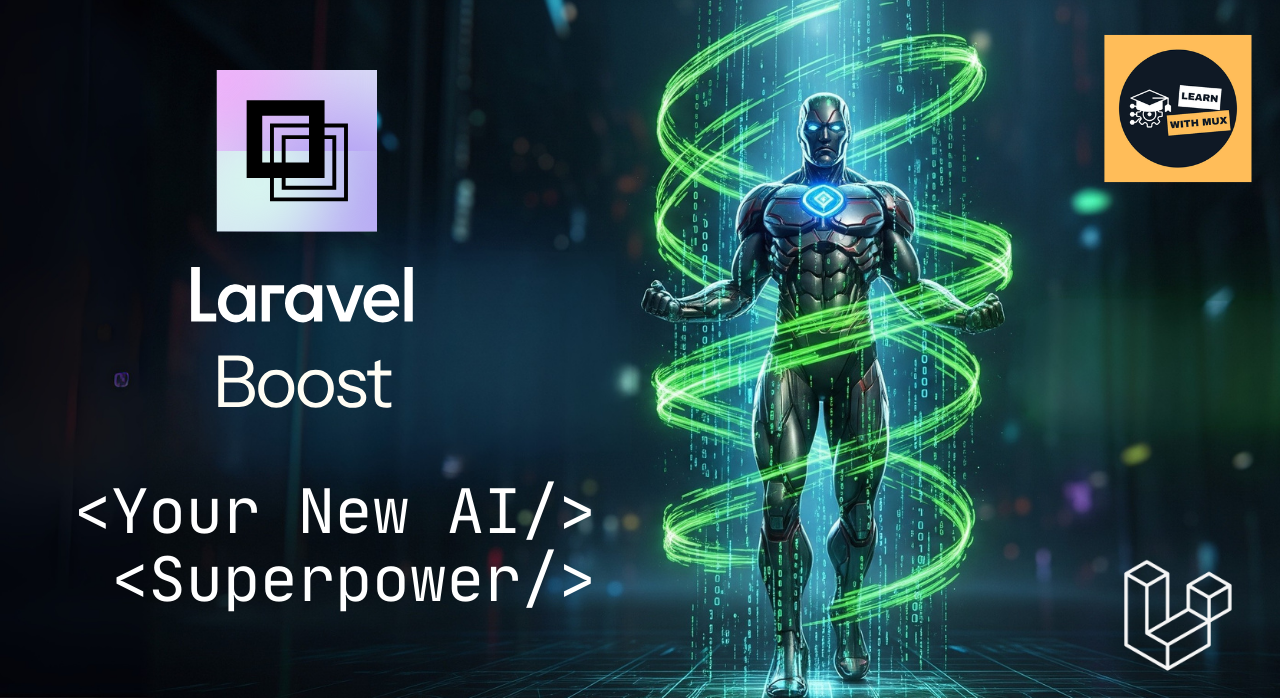In our last post, we introduced Laravel Boost and got it installed. We saw how it solves the “context problem” by giving our AI coding assistant a direct line into our application’s environment. Now, it’s time to go deeper.
The real power behind Boost is the Model Context Protocol (MCP) server and its toolkit. Think of these tools as a set of superpowers you’re giving your AI. Instead of just guessing, it can now inspect, query, and interact with your application in real-time. Understanding these tools is the key to crafting prompts that save you time and solve real-world problems.
In this deep dive, we’ll explore the most valuable tools in the MCP toolkit by putting them to work in common development scenarios.
Scenario 1: Debugging Without Leaving Your IDE
We’ve all been there: you hit an endpoint, get a 500 error, and your next step is to tail the log file in your terminal. With Boost, you can stay right in your editor and let the AI do the detective work.
Let’s say a user reports an error when trying to update their profile. Your first instinct is to check the logs.
The Tools: last-error and read-log-entries
Instead of switching contexts, open your AI chat panel and ask:
Prompt: “What was the last error recorded in the laravel.log file?”

The AI will use the last-error tool to fetch the most recent exception. It might show you a MassAssignmentException or a QueryException. From there, you can dig deeper.
Prompt: “Okay, show me the last 15 entries from the application log to see the full context.”

Now, the AI uses the read-log-entries tool. You can see the full stack trace and the requests leading up to the error, all within your IDE. This creates a tight, efficient feedback loop for debugging.
Scenario 2: Database Exploration on the Fly
Before you write a complex query or build a new feature, you often need to understand the existing data structure. The MCP toolkit turns your AI into a powerful database client.
Imagine you’re tasked with adding a new “archived” status to a projects table, but you’re not sure of its exact schema.
The Tools: db-schema and db-query
Start by asking the AI to inspect the table.
Prompt: “Show me the schema for the ‘projects’ table, including column types and indexes.”

The AI uses db-schema to give you a perfect snapshot of the table structure. You see there’s already a status column, but it’s a string. To understand its current usage, you can ask the AI to query the data directly.
Prompt: “Run a SQL query to show me all the distinct values and their counts from the ‘status’ column in the ‘projects’ table.”

The AI uses db-query to execute the SQL and returns the result. You see that the existing statuses are ‘active’, ‘pending’, and ‘completed’. Now you have all the information you need to write your migration and update your Eloquent code, without ever leaving your editor to open a separate database client.
Scenario 3: Finding the Right API, Every Time
The Laravel framework is vast, and it’s impossible to remember the exact syntax for every feature, especially across different versions. The version-aware documentation search is one of Boost’s most powerful features.
Let’s say you need to implement a custom rate limiter, but you can’t remember the exact syntax introduced in Laravel 11.
The Tool: search-docs
A generic search might give you outdated blog posts. Instead, ask your Boost-powered AI:
Prompt: “Search the docs for how to create a named rate limiter using a closure in Laravel 12.”

Because the search-docs tool is connected to the version-specific documentation API, it will retrieve the correct, up-to-date syntax and an official code example. This eliminates the frustrating experience of using deprecated code and ensures you’re always following the latest best practices.
Scenario 4: Rapid Prototyping with Tinker
Tinker is an indispensable tool for any Laravel developer. Boost integrates it directly into your AI workflow, making it perfect for testing ideas and creating seed data without writing formal seeders.
You’re building a feature that relies on an event, PodcastProcessed, and you want to test the listener without going through the entire file upload process.
The Tool: tinker
You can simply ask the AI to fire the event for you.
Prompt: “Using Tinker, create a new User with the name ‘Test User’ and email ‘test@example.com’. Then, dispatch the
PodcastProcessedevent with this new user.”

The AI will execute this code within the context of your application. Your event listener will run, your jobs will be dispatched, and you can check the logs or your database to confirm everything worked as expected. It’s a frictionless way to test small, isolated parts of your system.
Conclusion
Mastering the MCP toolkit transforms Laravel Boost from a clever code-completion tool into a true development partner. By understanding how to prompt the log, database, documentation, and tinker tools, you can create a more efficient, focused, and powerful workflow.
Start incorporating these prompts into your daily routine. You’ll be amazed at how much time you save by staying in context and letting your supercharged AI handle the heavy lifting.










